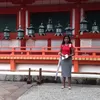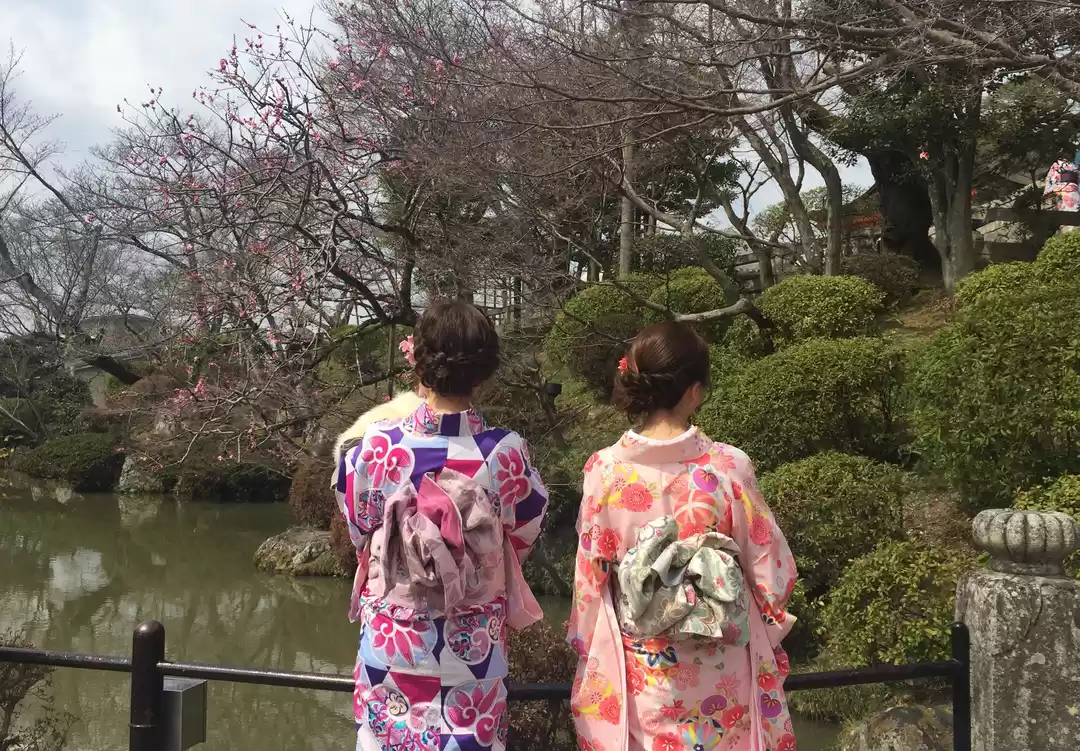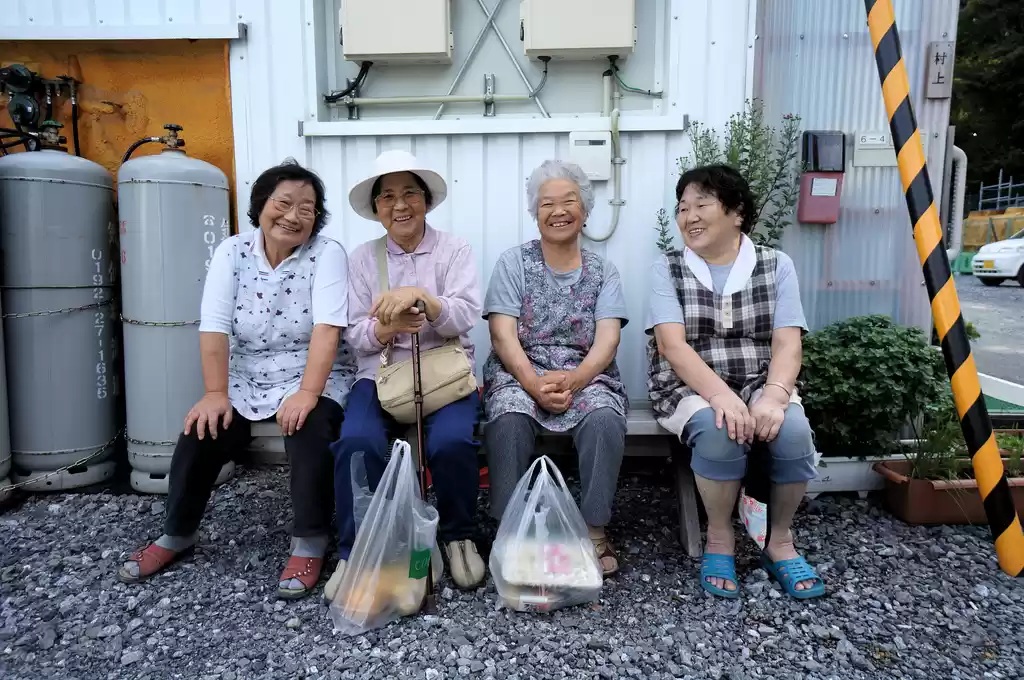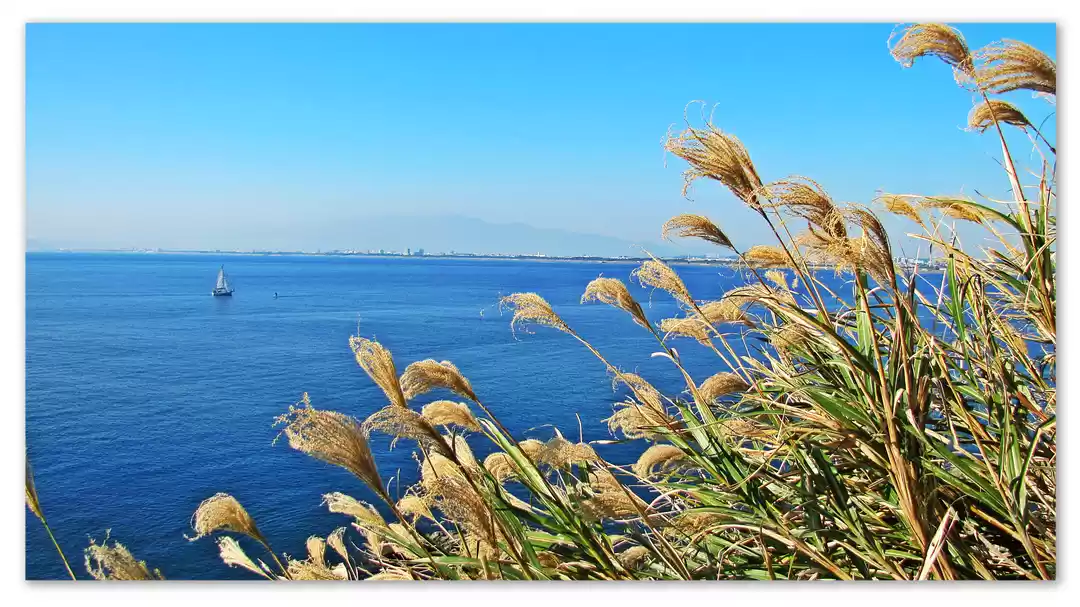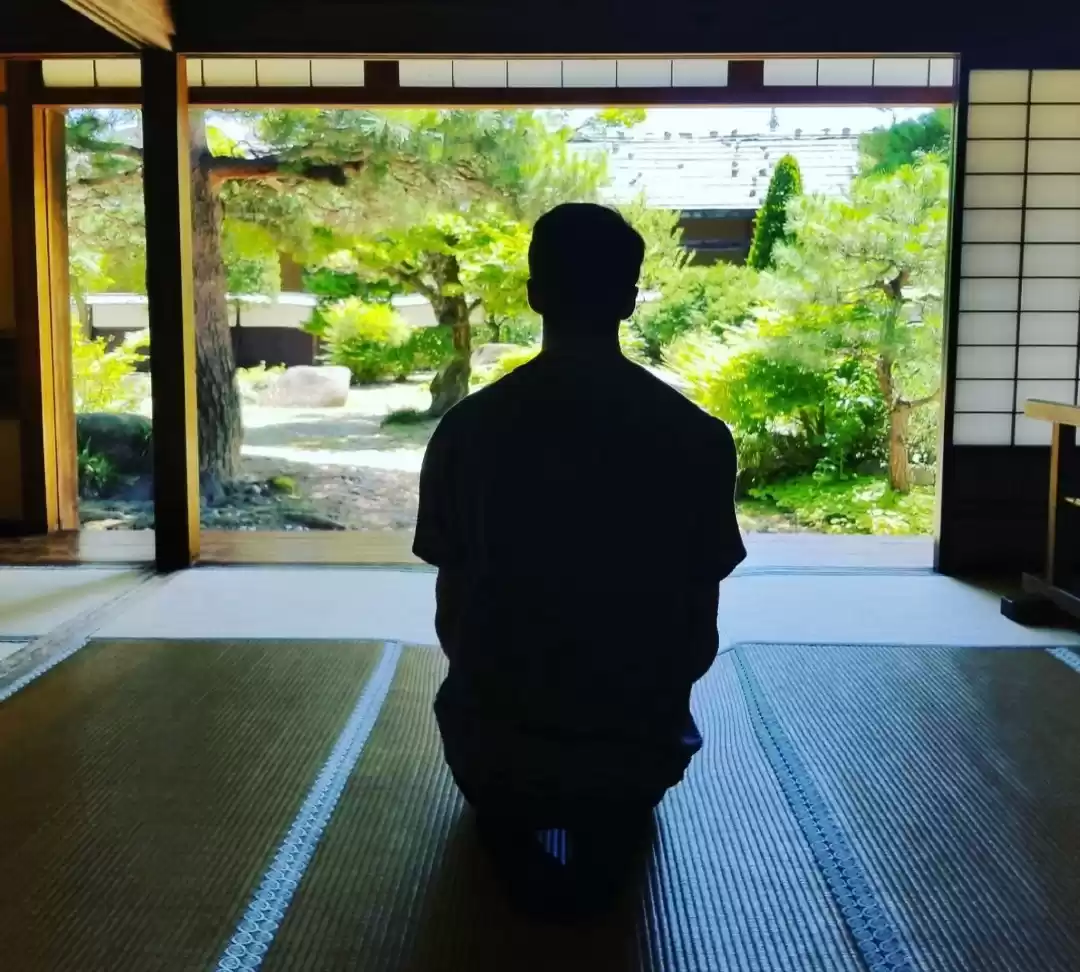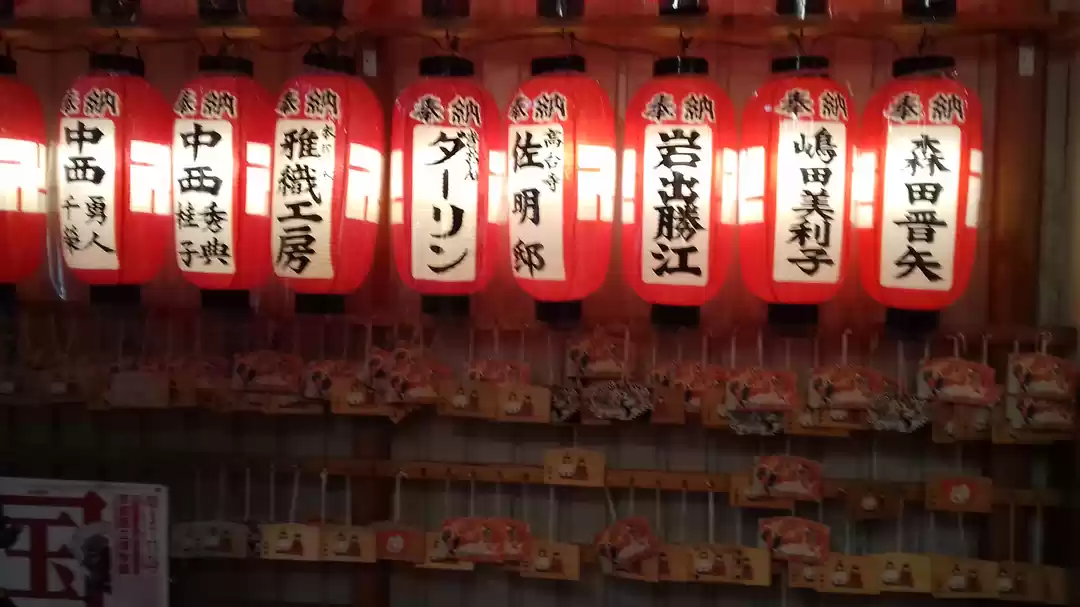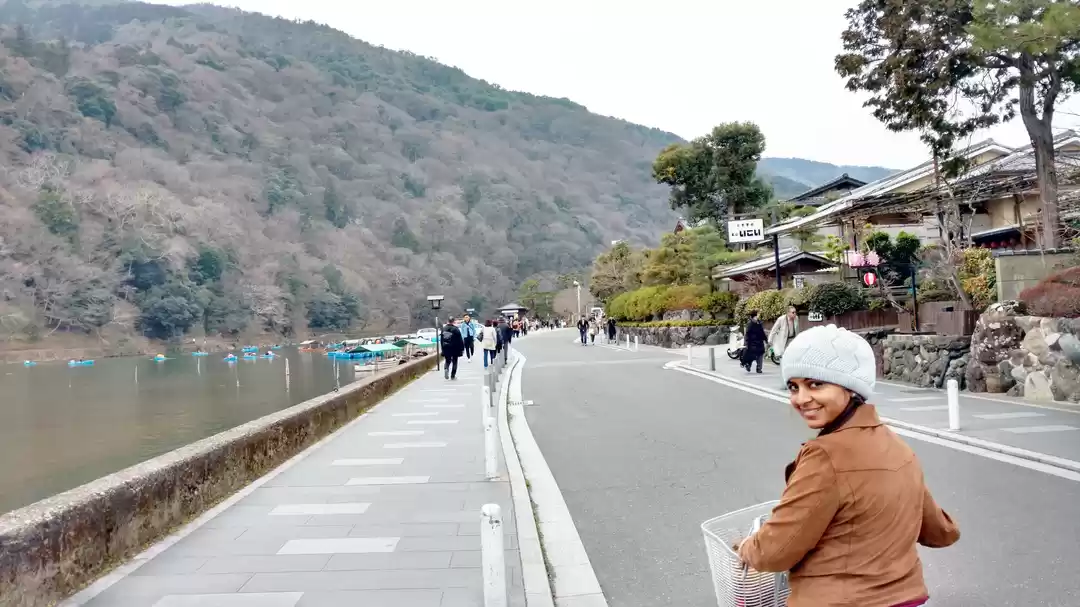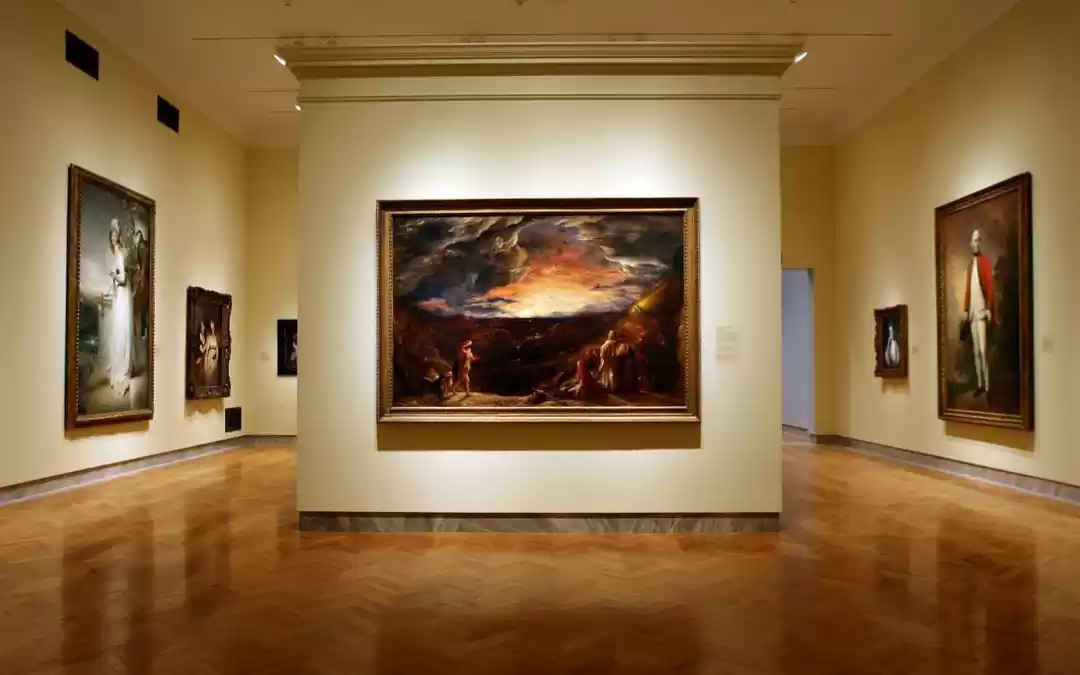What is the most important thing in your life right now? What should have your full attention right now? By what the famous Japanese monk Thich Nhat Hanh preached it should be reading this article.
Well, the monk did not insist on reading my articles, but the wise monk spoke of mindfulness. “If having tea, make sure it is the most important thing in your life at that moment," the wise monk is believed to have said.
This line is probably the basis of the ancient art of a tea ceremony in Japan. Yours truly was fortunate to witness one such educative session of Japan’s tea ceremony while in the country’s cultural capital Kyoto.

It was a beauiful evening in Kyoto, past 5 pm, the lights in Kyoto’s famous Gion district were slowly coming to life and its Gieshas had probably reached their designated tea parties. At EN’s tea ceremony, tourists are quietly lining up for the last tea ceremony session of the evening, scheduled to start at 6 pm. I join the queue, but I am politely asked to stand aside as I do not have a reservation.

“We will consider your admission, if place permits for it,” the attendant said. Once you step into the the tea room, you understand why place is a factor. Before that, a quick guide on how I reached this place.
With a cost involved of 2500 yen and the fact that the place has a dedicated website, I was hoping this would be a big place, possibly a big restaurant where tea ceremonies are held. I passed the small lane in which En is located, unable to spot it, even as google map suggested I had reached my location.
These tea rooms are small, comparable to a room in any average apartment in Mumbai, but has an old charm to it , with wood used handsomely for the exteriors and the walls and floor plastered with clay. My chosen tea room was in a small alleyway, against my expectation of big tea shop.

As you would have guessed, I was lucky to find space and a spot to witness and learn more about the tea ceremony. It is a small warm room, with me seated with a group of other tourists in a circle. In the centre of the circle is placed a small stove and other utensils required to prepare tea. In one corner of the room hangs a satin banner with something written in Japanese. Every small thing in a tea ceremony matter, and so does the banner.
Once we have taken our seats, a sweet Japanese lady enters the room, dressed in a kimono and greets us with a warm smile. She speaks in fluent English and briefs us on the proceedings of a Japanese tea ceremony and its importance. Once she has given us an introduction, she leaves the room to allow for another Japanese lady to enter the room and prepare tea for us.

To watch the tea preparation ceremony is hypnotic to say the least. Each vessel is cleaned and moved with complete mindfulness. The lady’s full attention is on the tea preparation, watching which, may send you too in a trance. During the preparation, a piece of red cloth is used often, which is symbolic of purity and used to denote cleaning the vessels used to prepare tea. Part of the process, is the host looking into a wooden spoon, symbolizing looking at one’s ownself and ensuring purity of thought. Once the tea is prepared and served, the host puts the tea spoon in view of all present and leaves the room.

It is not the proceedings, but the significance of each, which makes the tea ceremony special. We were later explained, each tea spoon has a unique name given and embossed on it, and for instance, it could be named after an autumn flower. The spoon is put on display, to start a discussion on how beautiful the spoon is, its name and then lead it to admire whatever the name denotes, in this example, the autumn season. The banner in the room also serves the same purpose, to start a discussion admiring the obvious and often ignored beauty around us.
In the second part, the fun part, of the tea ceremony, you are taught to make your own green tea. This green tea looks and tastes way different from the green tea bags that we use for daily consumption. Part of this process, is also to learn how to drink tea. The cup is to be turned clockwise twice, to ensure the lip does not touch the part where the cup has a beautiful design made. The larger significance of which, we were told, is to always let others admire the beauty and not hide it inwards. The ceremony also includes tasting a piece of sweet to be had with the tea.
In our last part of the tea ceremony which includes questions, we learn that only a small fraction of the Japanese population still invests time learning and then practicing the art of mindfulness through its tea ceremony. The lady educating us quoted that to be at three percent.
If not theory, but practical is your way of learning life, make sure you experience the tea ceremony when in Japan. What you missed grasping from the Japanese monk’s scriptures, the Japanese lady’s sweet smile will instill in your heart and in your mind.
(( Most images have been sourced from En's website www.teaceremonyen.com))
A sneak-peek into Japan’s tea ceremony -is the sixth part of my new travel series on Japan- documenting the food, people, nature, beauty and culture in the land of the rising sun.
Disclaimer: I often hear how people are inspired by various travel blogs and wish to pack their bags and go travel. If any of my blogs does the same to you, I request you to read up on what I think about travel and how to afford it responsibly, here is the link https://tinyurl.com/yd5aa62y

